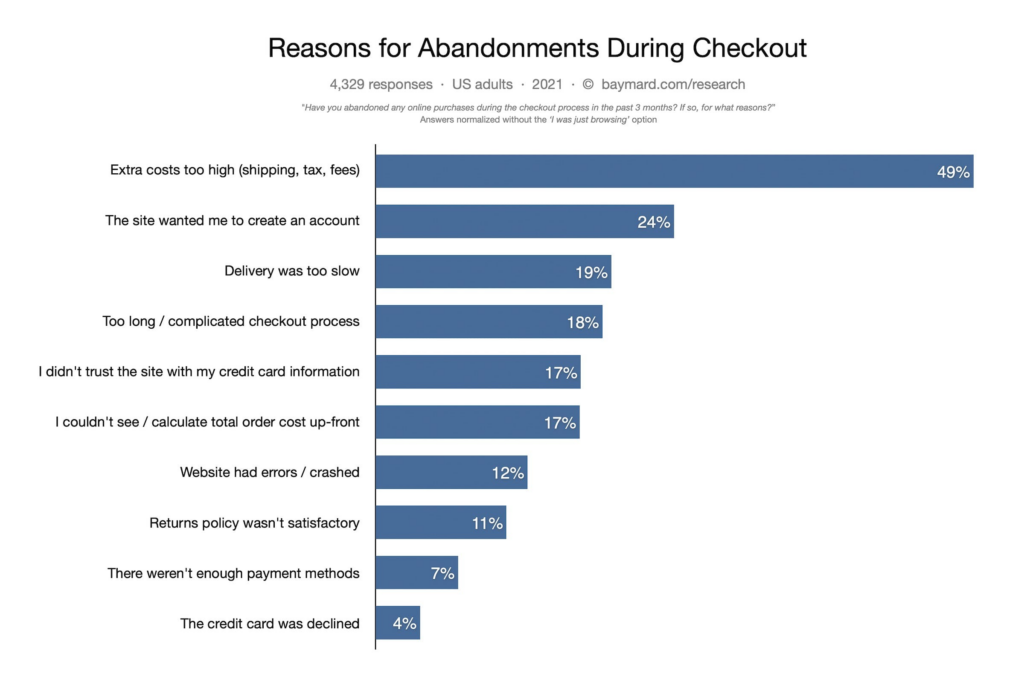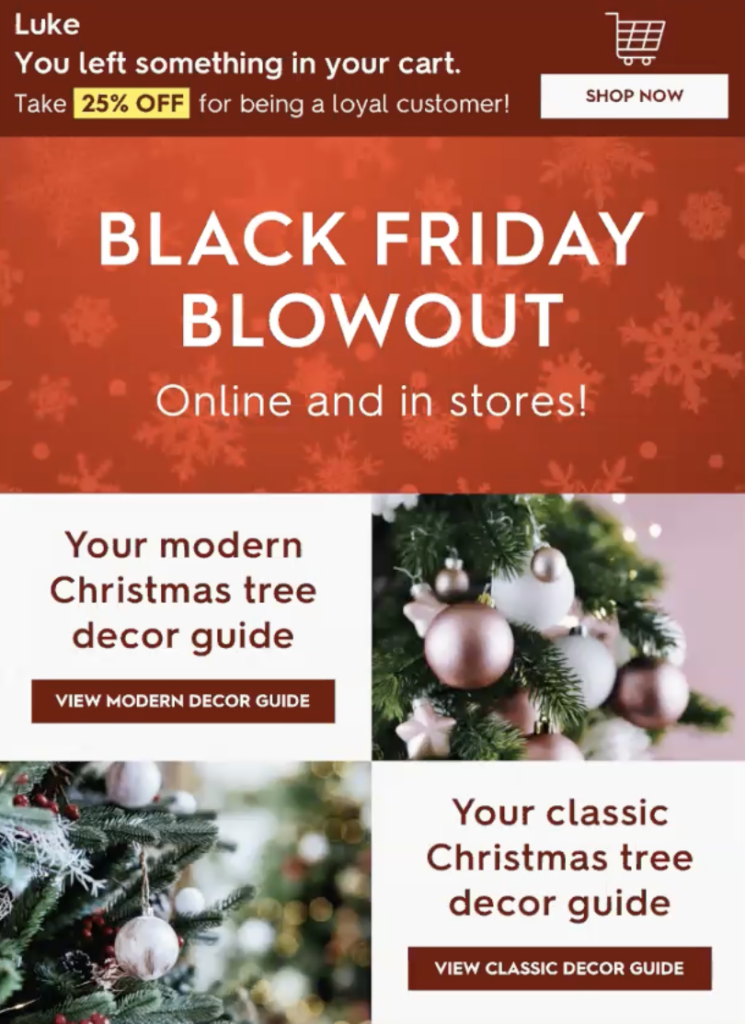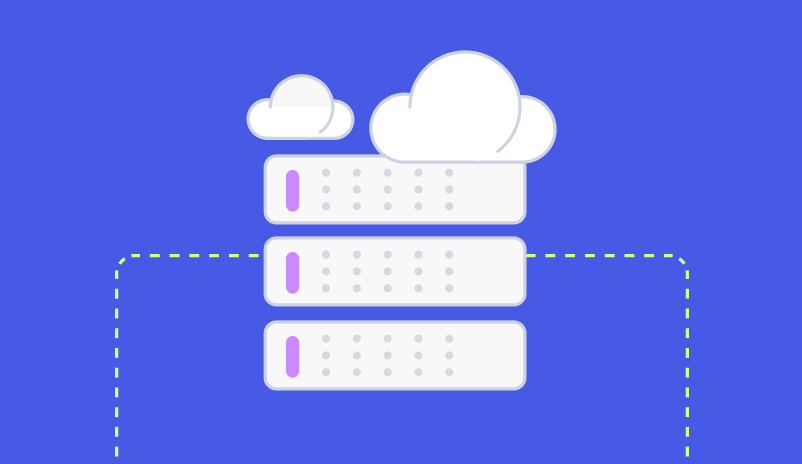5 Reasons Why Consumers Abandon Carts (and What to Do About It)
There are five main reasons why consumers abandon carts. Understanding not only what they are but how to fix them can help improve your conversion rates.
Ah, the age-old question…why would someone not complete a transaction online? With abandoned cart rates hovering around 70%, it’s a question worth pondering.
To answer it, think about your behavior. Chances are pretty high you have been a member of the 70% cart abandonment rate club. So why didn’t you complete your purchase? Did you suddenly decide you hated what you were seconds away from buying? Probably not.
More likely, it was because of some small barrier; a slow website, surprise costs, or requests to fill out a ton of information before the checkout page. That bump in the road was enough to turn you off. You can bet something similar is probably causing the same issues with your site and impacting your customer experience.

While there are plenty of reasons why consumers abandon their carts, most fit into five key categories.
Process
One of the biggest hiccups during the checkout experience comes from process issues. These are often the most cited reasons a consumer decides to abandon ship and not complete the transaction.
Examples of process issues include long and complicated checkouts. You know these, ones where you may have to fill in a lot of information over a variety of pages. Another example that feels like it may not be that big of a deal but can stop consumers is asking for account creation before buying.
Go through your current processes from the viewpoint of your consumers. While it’s great to get a lot of data on customers upfront, you want to focus on what you can do to boost your conversion rates.
Surprises
Everyone loves a surprise until they don’t. Consumers love getting surprised and delighted by brands, often in the form of offers, discounts, and coupons. Where they don’t like surprises is when it comes to costs and shipping.
If your customers can’t get at least an idea about how much their final total for their purchase will cost, you might lose them before they finish the process. Consumers don’t like thinking they are getting something for $50, only to find out on the next page shipping is $20, and there are no returns.

Again, consider your process from the consumer’s point of view. Let them see costs upfront. Give them the available shipping options. And, make sure you feature your return policy very clearly, so there are no surprises.
Behavior
This segment is trickier to plan for; sometimes, things happen. Consumers get distracted — their toddler demands dinner, a phone call interrupts them, or their dog somehow tracked mud all over the kitchen. Life gets in the way, and they forget to complete the purchase.

Here’s where your email can get you back in action. Your abandoned cart emails are a great way to remind and reengage your customers that they’ve left something in their cart. Create more personalized emails reminding them of what they’ve left behind.
Something else to consider is making it easy to complete the transaction. Remember, even small barriers are enough to stop someone from buying. So get your customer from their email to their completed transaction in as few clicks as possible.
Trust and performance
Believe it or not, but your site’s performance can play a significant role in your conversion rates. For example, if your site is slow or lags, or visitors get error messages while trying to checkout, they may disappear and never come back.
Consumers are also savvy shoppers. They don’t want their data breached or stolen, so they may be reluctant to buy if a website doesn’t ‘feel’ secure to them.
Run your site speeds and go through mock checkouts, especially during high traffic times of the year. Also, let customers know you take their security seriously, display security badges and information throughout the checkout process (and in your emails too.
Payment issues
Finally, the last major category revolves around payment issues. Again, these go beyond a customer’s card getting declined, though that happens, but can tie into your processes and available options.
For example, maybe you only offer one method of payment. That could be excluding potential customers. Another is that you have a coupon code that doesn’t work, or it’s difficult to figure out where the code goes, and the customer just gives up.

This is another area where testing and messaging can make a big difference. Look where you can add more payment processing. For example, consider better message visibility for coupon codes, or use a Smart Banner to trigger automatic discount codes at checkout.
Keep digging for more data
Now that you’re armed with this information, your job isn’t done. Just because these are what the average consumer says doesn’t mean it’s the same for your site.
So make sure you dig deeper to find out specific issues that are sticking points for your website visitors. Then, once you have a better idea, keep testing. See if your processes improve abandoned cart rates and provide a better customer experience at checkout.
Grow your business and total sales




